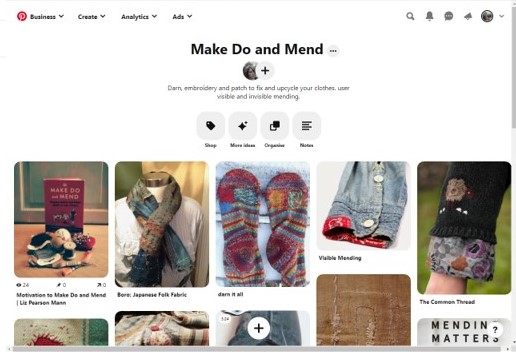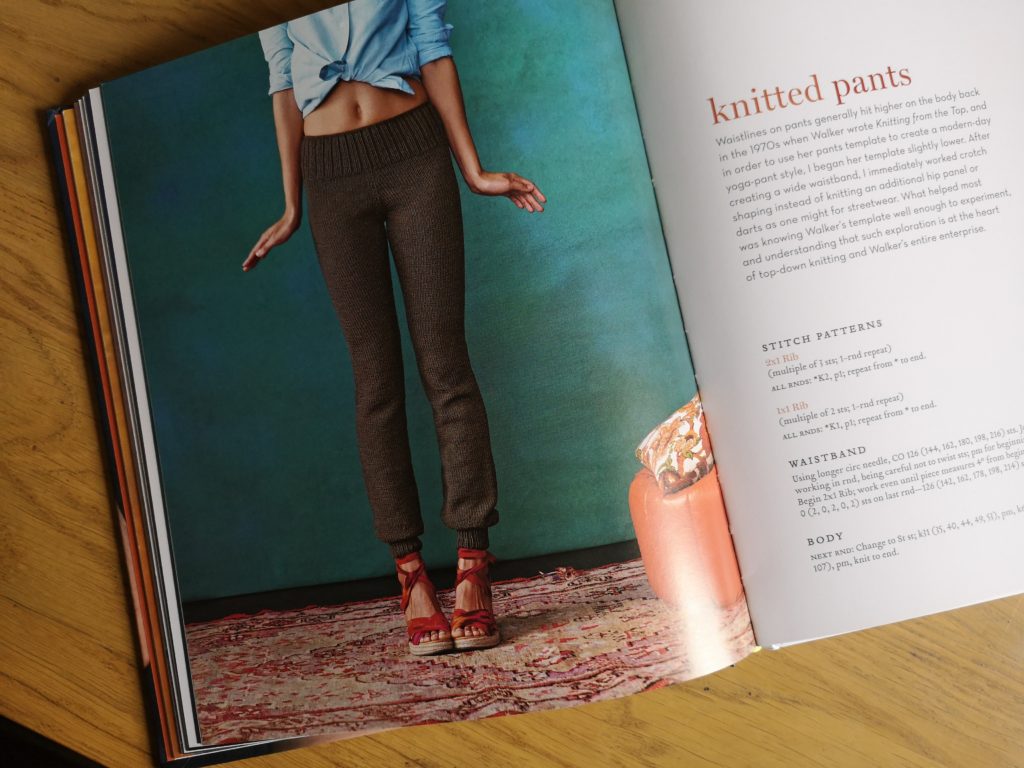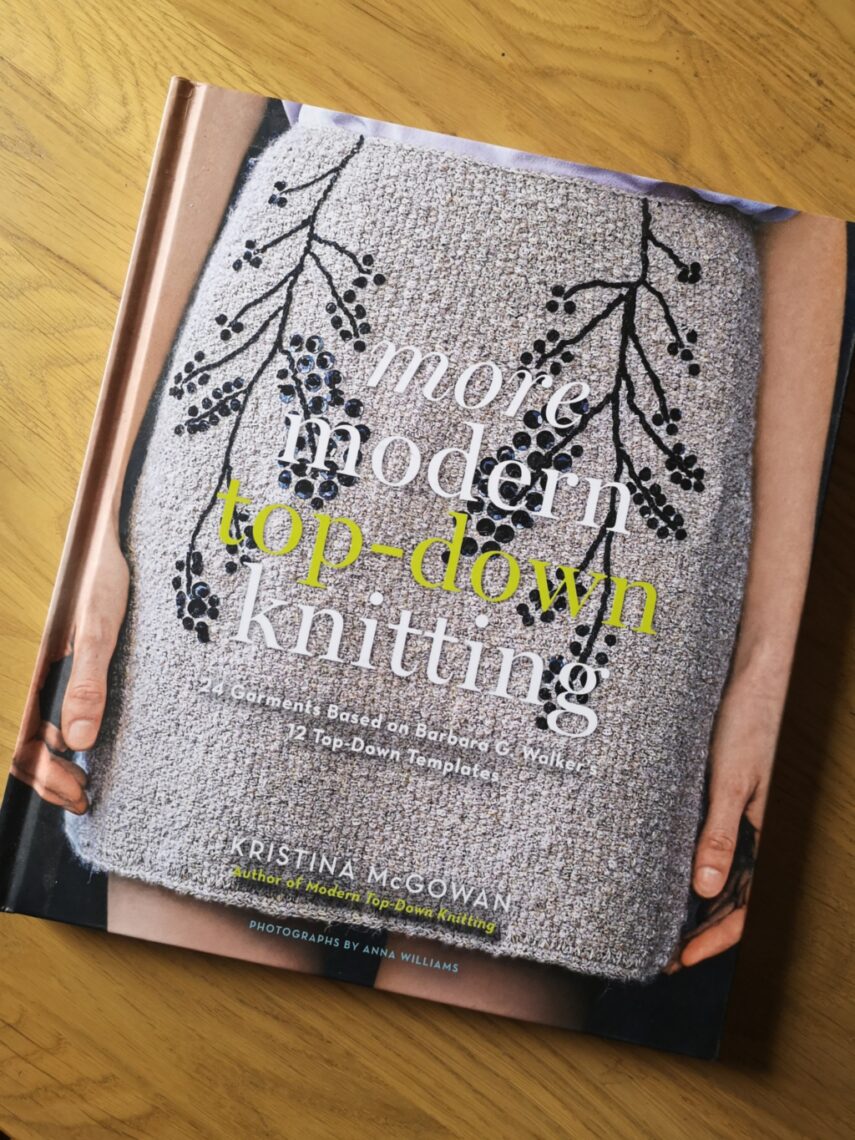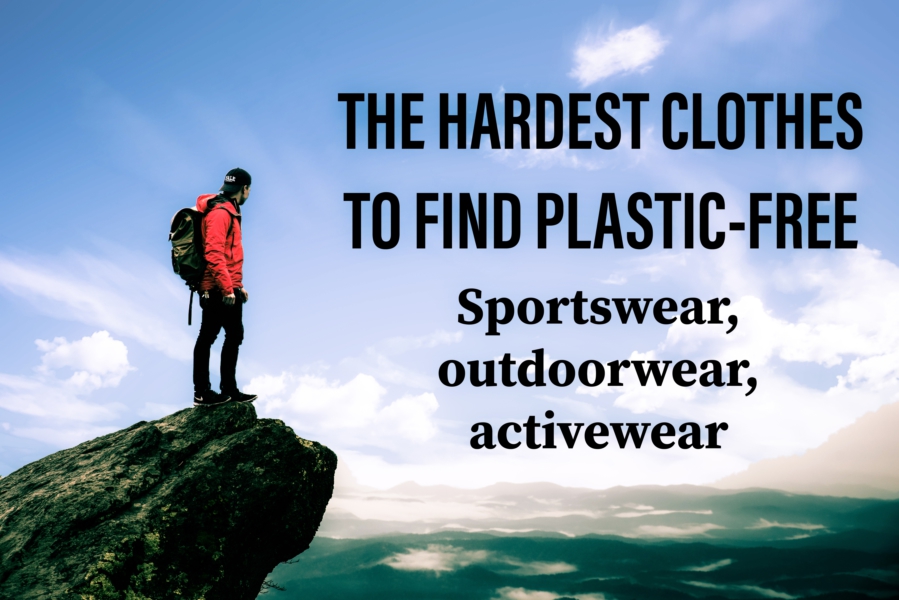I’ve mentioned plastic-free sportswear, outdoor and underwear in my last post Plastic microfibre pollution: Zero Waste Week solutions because I believe they’re the hardest clothes to find plastic-free. Synthetics are generally quick drying, can keep us warm or cool, and are easy to wash, so it’s not surprising that they are increasingly the go-to fabric for this type of clothing. Nevertheless, they all contribute to plastic microfibre pollution, particularly fleeces.
Microfibre and Toxic Chemical Pollution
The older they are, the more they shed fibres too, according to Patagonia’s new study. The problem doesn’t stop there. Greenpeace, for instance, has highlighted that hazardous chemicals are found in many outdoor brands. These are mainly PFCs (perflourinated compounds) used to make clothing waterproof which are toxic and non-biodegradable. I’d rather not buy any more!
You can, I know, buy waxed cotton fabric. Seeing as I have plans to make some outdoor and sportswear, (or activewear), this might be a solution. Or, you can buy a wax cotton shell jacket, like this British made one by Celtic & Co – a little more expensive than the average breathable synthetic waterproof, but not much. Hand making outdoor wear is some way down my list at the moment though, and I’m still resisting buying new clothes. I don’t know how well a waxed cotton shell jacket performs in very wet weather, but it’s something to look in to.
So, what to do in the meantime? I have two breathable, waterproof jackets and waterproof trousers that are still breathable but not so waterproof anymore.
Repair and Maintain
Re-waterproof
That’s the obvious answer to me. I will re-waterproof my waterproofs. That will include mending one rip in a seam too. Nikwax is reasonably widely available example of a waterproofing treatment that doesn’t contain PFCs. I don’t know about all the waterproofing ingredients, but I was surprised to find more natural ingredients than I was expecting.
It has seemed like yet another job to do, but I now visualise those two jackets sitting in landfill for years (or just about forever). Besides, both jackets are useful, so they’re worth maintaining. There are always those jobs that get superseded by something more interesting, and this has been one of them.
Try Creative Mending
Ever stood too near a spitting bonfire or camp fire and ended up with a melted hole in your fleece? You might think it’s ruined. I sometimes do this to holes in clothes; I put a small piece of waste fabric behind the hole and embroider over it. The embroidery doesn’t have to be fancy. A spidery star can be quite effective, or even just lines of sashiko style running stitch. So, why not on a fleece? Choose between invisible mend (same/similar colour as your fleece) or visible mend (different colour/s) to add a little something new. Here are some ideas on my Make Do and Mend Pinterest board.

Buy Second-hand
You could always buy second-hand from charity/thrift shops, eBay, or by swishing/swapping. Because of the problem of microfibre pollution, though, you may want to buy a guppyfriend wash bag or a coral ball to avoid those fibres from escaping your washing machine into the water supply. Nevertheless, it would be worth remembering that everything has to go somewhere. So, where do the fibres go once you’ve collected them? It’s the opposite end of the spectrum to the mantra everything has to come from somewhere. If you’re only going to be about town on rainy days maybe a true garberdine raincoat or leather jacket would fit the bill.
Natural Fibre Activewear
Does your sportswear or outdoor wear need to be made from technical fibres? You might want to rethink your need for synthetics and embrace natural fibres instead. They have many fine properties that we forget, now that synthetics are all around us.
Wonderous Wool
Mountain climber, Andy Kirkpatrick, wrote about The Wonders of Wool back in 2008. He’d attended a lecture on old-school performance fabrics, expecting it to be dull, but instead found it very interesting.
He reminds us that two blokes strode to the top of Everest in 1953 wearing woolly jumpers! Wool is very wickable, keeps you dry and warm in cold weather, and perhaps surprising to some, cool in hot weather. It’s surprising that even though it was being talked about 10 years ago, it’s still a minority interest in the world of sports and outdoor wear. Reliance on synthetic fibres is so strong, but interest in natural fibres is slowly growing.
I’d like to knit my cycling wear, or wear every day shop-bought wool instead of fleeces. I’ve never been a fan of cycling-lycra, preferring to disembark at cafes along the route wearing general outdoor wear clothes. I’d feel like a strange alien creature in what seems to be the ‘pièce de rigueur’ lycra gear. So the only clothing to ditch here is the synthetic outdoor wear.
If you’re not a knitter and your search for pure wool in the High Street shops is failing (it may well) then Patagonia has become known for its merino wool base layers, but it’s mixed with some recycled polyester. It seems that even eco-conscious/sustainable activewear is hard to find entirely in natural fibres. PET or lycra nearly always sneaks in there.
Merino wool seems to be the main woollen option for commercially-made activewear, as it’s soft and non-tickly. If you’re a knitter and lover of rare breed wool though, you might want to consider other options. I’ve asked the question ‘What’s the Softest British Wool?’ I truly recommend Ryeland wool, and though you’d most likely need to be a knitter or spinner to buy it, I’d vote for it as an antidote to, what I call, Merino Monoculture’.

Knitted Leggings
You might consider this a little extreme, but I’ve been seriously considering knitting myself a pair of pure wool leggings. Fearing that such a fine knit article of clothing would be a time-consuming task, it’s slipped down my knit list.
That was until I came across the pattern above in More Modern Top Down Knitting by Kristina McGowan for a pair of easy fit leggings in aran weight (worsted) wool. This seems feasible, and I can keep knitting until they look like the right length.

Cotton, Bamboo and Hemp
Cotton has good absorbent qualities but doesn’t wick moisture away very well, so it’s more useful for indoor sportswear. Bamboo and hemp are similarly breathable and have good wicking properties. Making sportswear in biodegradable fabrics like these is generally quite easy because shapes and construction tends to be quite simple. All that’s needed is stretch stitch on a sewing machine.
If you want to buy new, there are ‘eco’ and ‘conscious’ brands but they nearly always include some synthetics for stretch and to retain shape.
How purist you should be depends on your take on this. You could look at the reduction from 100% synthetic fibre to a small percentage in these clothes as being a bonus. After all, if they were to become popular, this approach may significantly reduce the amount of microfibre and toxic chemicals escaping into the environment. Or, you may see this as being simply ‘less bad’ but not good enough. This is an idea mentioned a lot by Michael Braungart in his book Cradle to Cradle: Re-thinking the way we make things.
If I’m making our buying, I’d like to at least try first to completely eliminate plastic fibres. I like pilates. Stretch clothes are great for this, but to my mind cotton or wool knit have enough stretch. I’m not sure I can justify plastic for extra shape retaining properties. I have loose draw-string linen or hemp trousers in mind too.
So whether in prayer stretch or downward dog pose, or up the top of a mountain, sportswear and activewear needs re-thinking.

